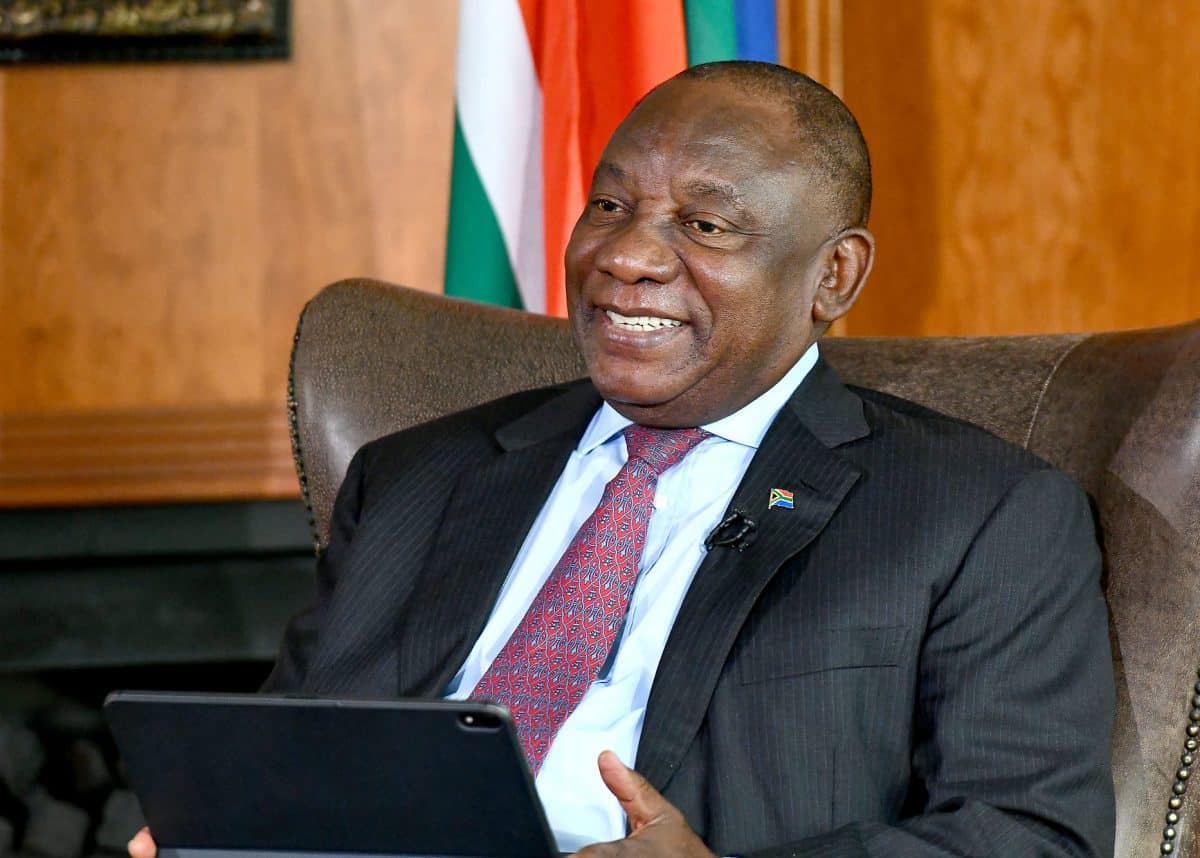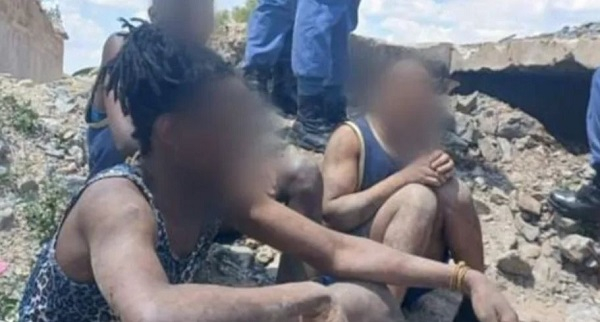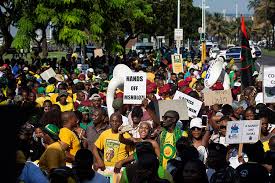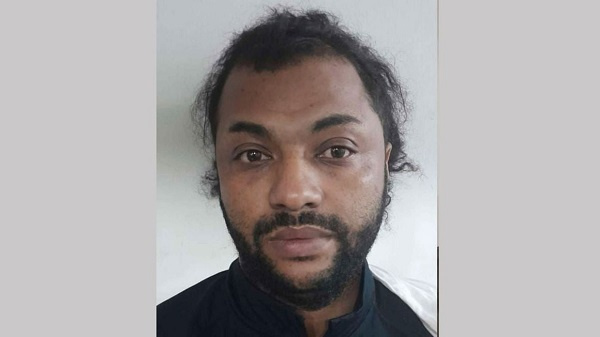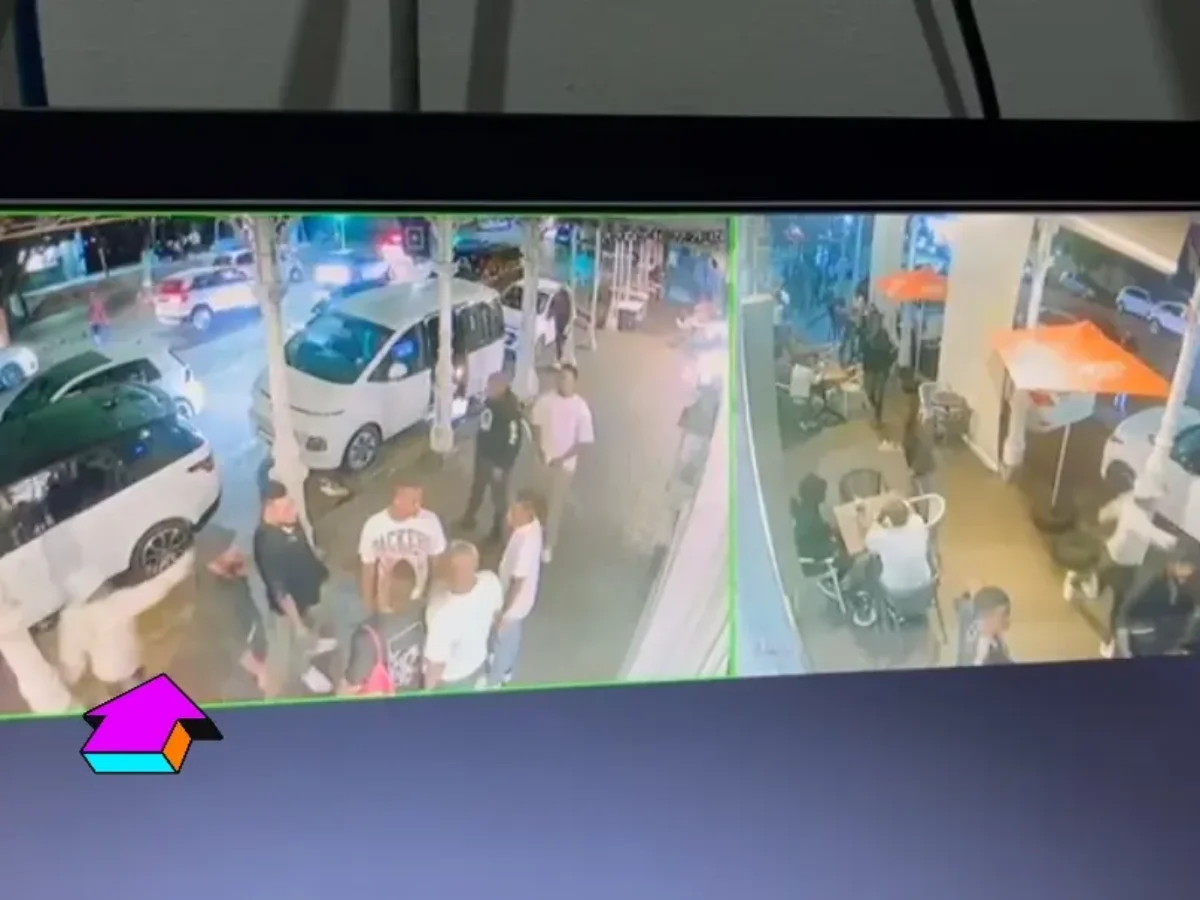South Africa’s ANC wants a national unity government: What is it?
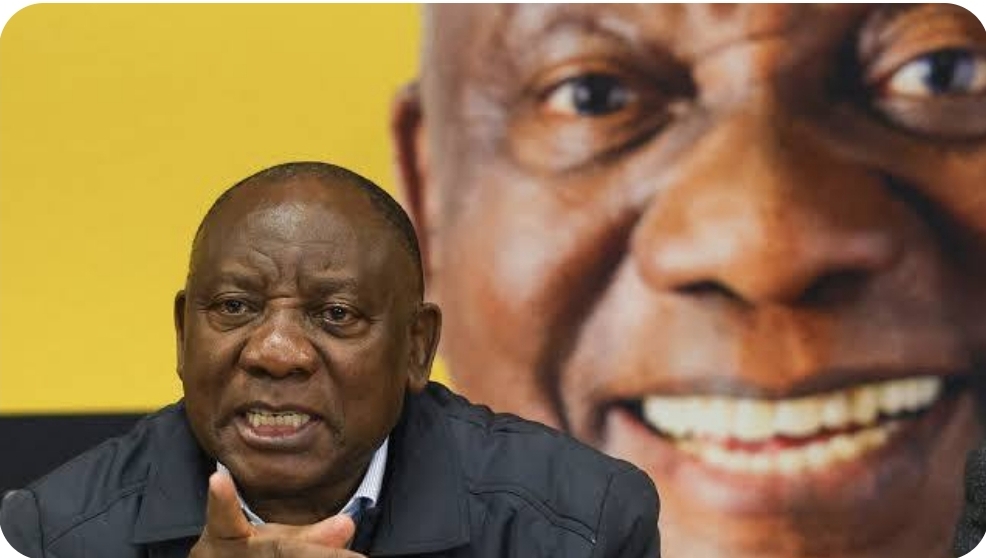
The plan was announced by President Cyril Ramaphosa on Thursday, after days of negotiations within the ANC and between major parties. It comes after speculation over whether the ANC might try to form a grand coalition government with its nearest political rival, the Democratic Alliance, to control parliament, or whether it would try and work with the uMKhonto we Sizwe of former President Jacob Zuma, whose gains in the election came at the direct cost of the ANC.
Either of those arrangements could have forced the ANC to become too dependent on a single rival party, analysts have told Al Jazeera. By going for a broad, multiparty coalition, the ANC could diffuse that risk.
The ANC now has a constitutional deadline of June 18 to negotiate the specifics of the national unity government.
But what is a national unity government, what might it look like and has South Africa and other nations tried it before?
What is a government of national unity?
A national unity government seeks to include – as broadly as possible – the range of major political parties in the legislature, even ones that are hardline rivals. In the case of South Africa, this type of joint government will mean different parties getting to control different ministerial portfolios.
Unity governments are often invoked in a national emergency, such as a war or an economic crisis, or other such trying times that require a sort of rallying round to tackle. At times, the idea has been invoked by countries riven by deep internal divisions and no clear mandate for any one party or candidate – as is the case with South Africa at the moment.
One outcome of such an arrangement is that parliament only has a very small opposition grouping.

Who could be part of the NUG in SA?
Typically, in a multiparty democracy, there is a threshold that parties need to meet to become eligible to join a national unity government. The bar is often 10 percent of the vote.
But ANC leaders have indicated that they might relax the threshold this time around. In last week’s election, the five largest parties that secured the most votes after the ANC – groups that have shown interest in potentially being part of a ruling coalition – are:
- Democratic Alliance: The DA, which secured almost 22 percent of the vote, is led by John Steenhuisen, and campaigned on a platform to “rescue South Africa from ANC”. It has in the past said it would never work with at least two other opposition parties that could be in a national unity government. The party is seen as a minority-interest party that’s out of touch with the country’s majority Black population. Its opposition to affirmative action policies by the ANC favouring Black people in employment or healthcare access, are examples some have pointed to. Still, the DA is seen as pro-business and an ANC-DA duo in government is likely to ease investor concerns over South Africa’s political crisis.
- uMKhonto we Sizwe: The newcomer MK party was the wrecking ball element in these elections that put paid to the ANC’s winning streak after it captured the important KwaZulu-Natal province and clinched 14 percent of the votes nationwide. Zuma – who has a long and bitter history with Ramaphosa – is the face of the party. The party has positioned itself as populist and says it wants to shrink the powers of the judiciary.
- Economic Freedom Fighters: The Marxist, pan-Africanist EFF has 9 percent of the vote. An extreme left party that’s known for its controversial, anti-establishment ideas, it is led by 43-year-old Julius Malema, a former youth ANC leader. The EFF seeks to nationalise privately owned mines and all South African land without compensation and redistribute that wealth to benefit historically disadvantaged Black communities. Malema has previously called the DA “racist”.
- Inkatha Freedom Party (IFP): The IFP, led by Velenkosini Hlabisa, trailed far behind the EFF at 3.8 percent of the total vote. The party has conservative leanings and an ethnic Zulu base and is mainly popular in KZN. Its main push is for more autonomy for traditional leaders – a demand that the MK Party also backs.
- Patriotic Alliance: In sixth position with 2 percent is the PA, a far-right party that has largely campaigned on rising anti-immigrant sentiment in Africa’s most advanced economy. It’s led by Gayton McKenzie, a former convict who has painted himself as a success story who went from a life of crime to becoming successful. McKenzie has said the PA would push to clinch the Ministry of Interior portfolio so it can properly police immigration.
Has this happened before?
Yes – South Africa’s first post-apartheid government was a national unity government under Nelson Mandela. It lasted for three years.
At the time, the ANC had won 62.5 percent of the vote in the 1994 election. Parties needed a two-thirds majority, or 66 percent, to control parliament back then, and the party was slightly short.
Wanting to garner broad support and bridge the wide gaps that still existed between the political parties, the ANC under Mandela opted for a national unity government that would include all parties with at least 10 percent of the vote.
A cabinet was then formed with ministers from the IFP, the National Party, and of course, the ANC, as well as other smaller parties.
Although the arrangement helped form an inclusive atmosphere in that tense period, the National Party eventually pulled out, citing a lack of consensus in the government. Its reputation irreparably tainted by its apartheid legacy, the party ceased operations not long after in 2005.
What countries have tried it before?
Several countries have tried a national unity government in times of crisis:
- Kenya: After disputed elections in 2007, President Mwai Kibaki offered the aggrieved opposition leader Raila Odinga a unity government coalition as a truce. A non-executive prime minister position was created for Odinga, and his allies were also appointed as ministers. The cabinet was swollen with a record number of appointees: in addition to a vice president, there were two deputy prime ministers.
- Afghanistan: In another case of disputed elections in 2014, the two highest-polling candidates agreed to form a unity government. Ashraf Ghani was named president, while opposition candidate Abdullah Abdullah took over a new “chief executive of Afghanistan” position. The power-sharing deal managed to hold till the next elections in 2019.
- Lebanon: A multireligious democracy, Lebanon has had to form several national unity governments. In 2019, following months-long deadlocked talks on power-sharing agreements between the ruling Future Movement Party and the opposition Hezbollah-led coalition, then-Prime Minister Saad Hariri opted to form a coalition government.
- Myanmar: Myanmar’s National Unity Government was formed in exile after political leaders were removed in the country’s 2021 coup. It consists of the deposed ruling party, the National League for Democracy of imprisoned leader Aung San Suu Kyi, as well as opposition minority groups like the Kachin National Consultative Assembly and the Ta’ang National Party.
- Italy: A political crisis arose in 2021 over how to recover from COVID-19 disruptions and led to the fall of Prime Minister Giuseppe Conte’s government. Incoming PM Mario Draghi was tasked with forming a new cabinet, and went on to include a broad range of parties, including right-wing groups like The League, and left-leaning ones like Article One. The government collapsed in October 2022.

